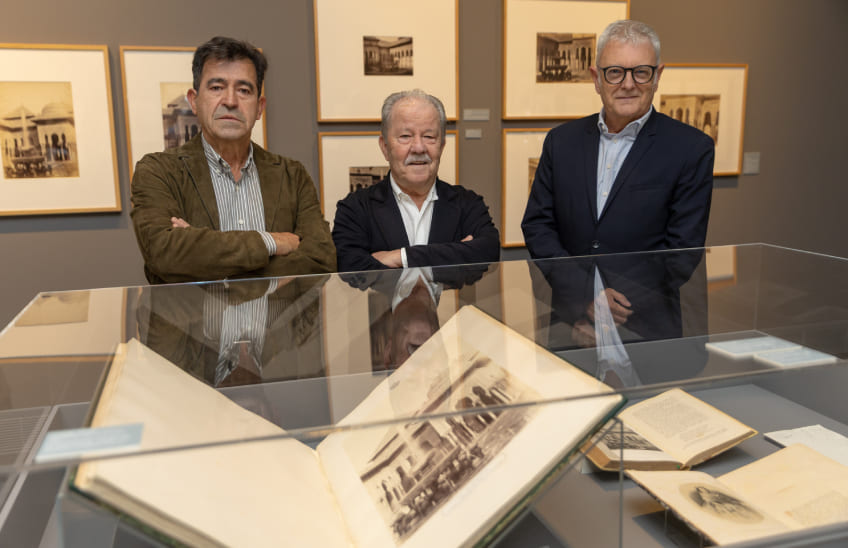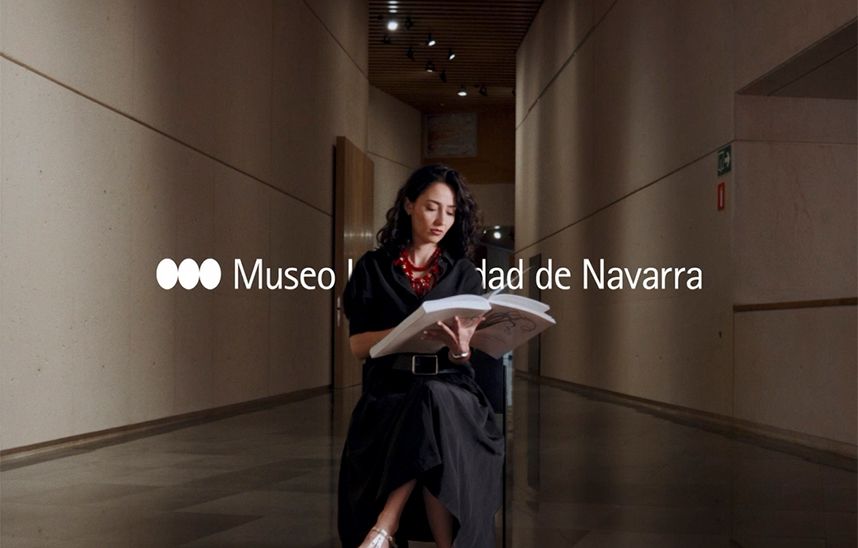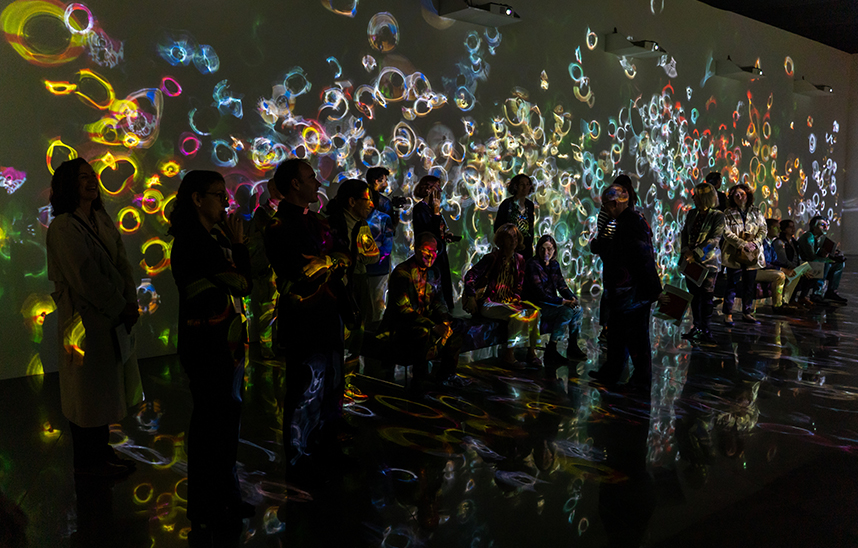The Antonio Ruz Company presents at the MUN 'La noche de San Juan', an avant-garde ballet with music by Roberto Gerhard, which remained unpublished due to the Civil War.
The piece, recovered by the Fundación Juan March, in co-production with the Gran Teatre del Liceu, is inspired by this mythical festivity and the fire celebrations of the Catalan Pyrenees.
PhotoDoloresIglesias/Juan March Foundation
13 | 10 | 2021
The magic of the mythical feast of St. John arrives this Saturday, October 16, at 7:30 p.m., at the Theater of the University of Navarra. University of Navarra Museum. The Antonio Ruz Company presents The night of San JuanThe Antonio Ruz Company presents a ballet of the avant-garde with music by Roberto Gerhard, scenery by Joan Junyer and plot by Ventura Gassol, which was unpublished in 1939 due to the vicissitudes of the Civil War.
Eighty years later, the Fundación Juan March, in co-production with the Gran Teatre del Liceu in Barcelona, has revived this piece that also draws from the fire celebrations of the Catalan Pyrenees. The show features live music, with Miguel Baselga at the piano and a corps of seven dancers formed by Pau Aran Gimeno, Carmen Fumero, Melania Olcina, Elia López, Begoña Quiñones, Miguel Zomas and Julián Lazzaro. The proposal is part of the Museo en Danza cycle and there are still tickets on sale (30, 28 and 26 euros).
The work had been created in the heat of the dance furor of the early twentieth century, against the backdrop of the European image of an exotic Spain, and aspired to achieve a success similar to that of Manuel de Falla's El sombrero de tres picos. The three-cornered hat of Manuel de Falla. The exile of all the creators who participated in its gestation caused the oblivion of this extraordinary composition of which Gerhard himself prepared a piano version that is used in this production.
As Miguel Ángel Marín, director of the Music Program of the Fundación Juan March, explains, "clearly, in the field of ballet and dance-related activity, which was very fertile and rich in the first third of the twentieth century in Spain, most of it draws from popular culture, understood in a very broad way, not only musically but also choreographically and sometimes even narratively. It describes popular customs or festivities that, in some way, it always transforms or stylizes to turn them into a more refined art".
The show will take place on Saturday, October 16, at 7:30 p.m. at the Museum Theater, with tickets priced at 30, 28 and 26 euros.
CONTEMPORARY FRAGRANCE AND AESTHETICS
One of the original sketches of Junyer's scenography has been rescued, his figurines have evoked the design of the costumes and all this has inspired a new choreography by Antonio Ruz, award Nacional de Danza 2018, which replaces the original by Léonide Massine, of which no notes have been preserved. In the show, torch dances, a parade of magical figures and the erotic movements of couples, ending in a wedding at dawn, will illuminate the Museum's stages.
On the recovery of the piece and the gestation of a new choreographic piece, Ruz recalls how the process began: "I felt that my mission statement was to draw inspiration from all that choreo-musical and artistic material to create a work of today; to seek a coherent balance with the sources, but with contemporary perfume and aesthetics. As far as I understand, there are no surviving documents or notes by Massine on what the choreography of this ballet would be like, but we imagine that having made that study of flamenco in preparation for Le Tricorne (The Three-Cornered Hat), in the case of traditional Catalan dance his process would have been similar. In a certain way, Nijinsky and Stravinsky also updated in their Consecration of Spring Russian pagan rituals. The popular and the cultured have always fed back on eachother".
He also emphasizes that "both Gerhard' s score and Junyer 's curtain and costume designs are full of touches of history, marking a very specific avant-garde aesthetic that has influenced us when recreating this piece and that is very present in the final result . The joint work with the pianist Miguel Baselga has been essential to give body to that music, to understand its dramaturgy, the different passages, characters... With Rosa García Andújar, the costume designer, we have distilled Junyer's sketches without trying to reproduce them. Other references from photographs of the time have appeared, including rituals far removed from the tradition of the bonfires of San Juan, but which fit perfectly with the poetics we were seeking to achieve".
A CELEBRATION OF LOVE
Although Ruz had planned to carry out a fieldwork research , the pandemic prevented him from making the trips to get to know these celebrations, which are not customary in Córdoba, the choreographer's land of origin. However, his intuition and an important documentary work through videos, photos, texts and testimonies of dancers and collaborators have enriched the work. "I think there is something interesting in the outsider's view, it creates a distance that avoids prejudice and gives you more freedom," says the creator. In addition, he clarifies, "the piece does not speak of the event itself but of the evocative power of fire. It is a celebration of love. What we have all seen at some time in our lives is fire, and I have based my research on it to generate part of the choreographic material with the dancers: the sparks, the explosion, the heat, the flames, the spread, the embers... The piece is full of these abstract qualities in the bodies and movements of the seven performers".
To deepen in this piece, Miguel Ángel Marín, Antonio Ruz and Miguel Balselga will hold a meeting with the public within the cycle How to do things with..., this Friday 15, at 7 p.m., in the classroom 2 of the Museum. The entrance is free, prior withdrawal of invitation, until fill in capacity.



